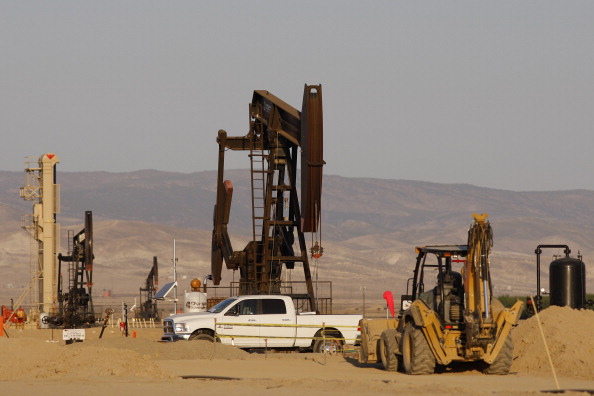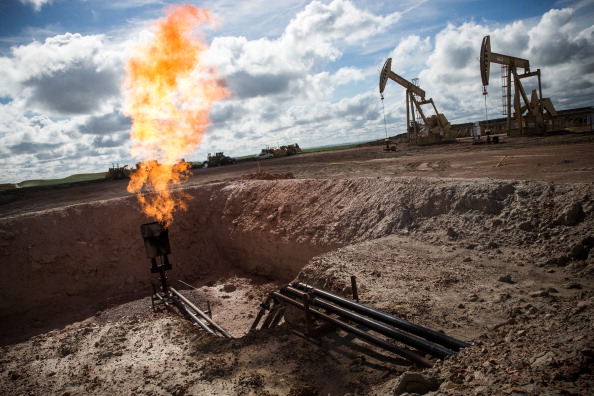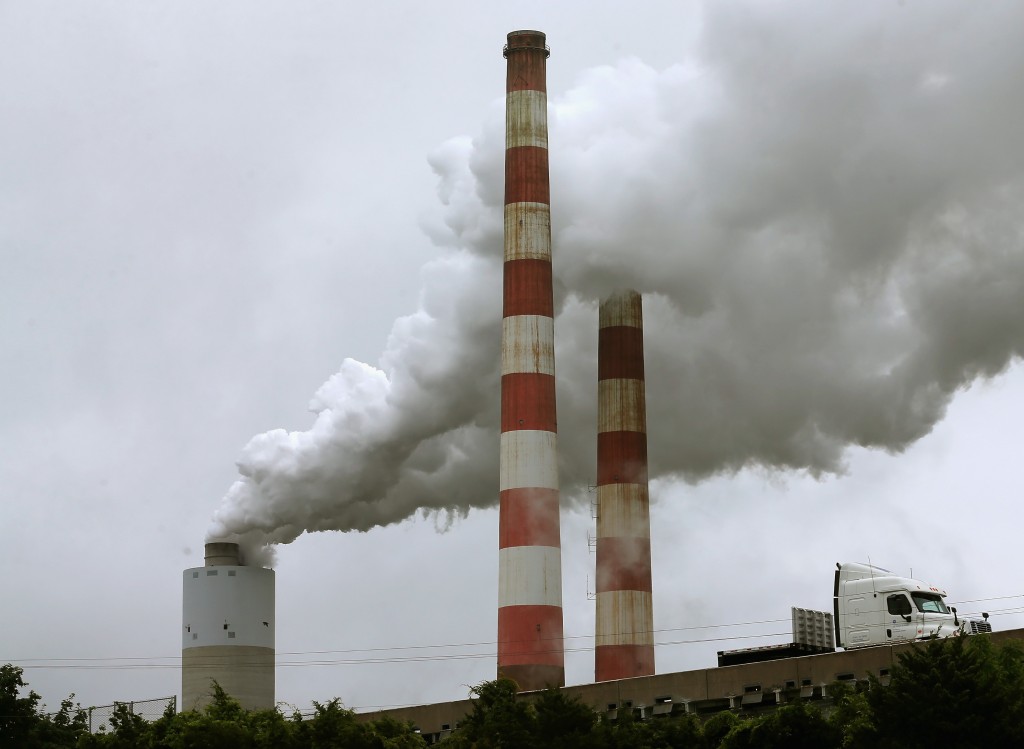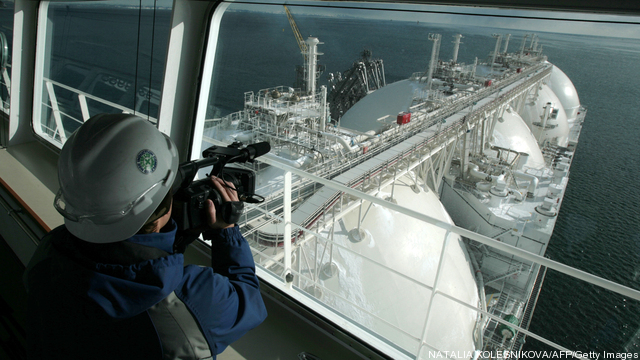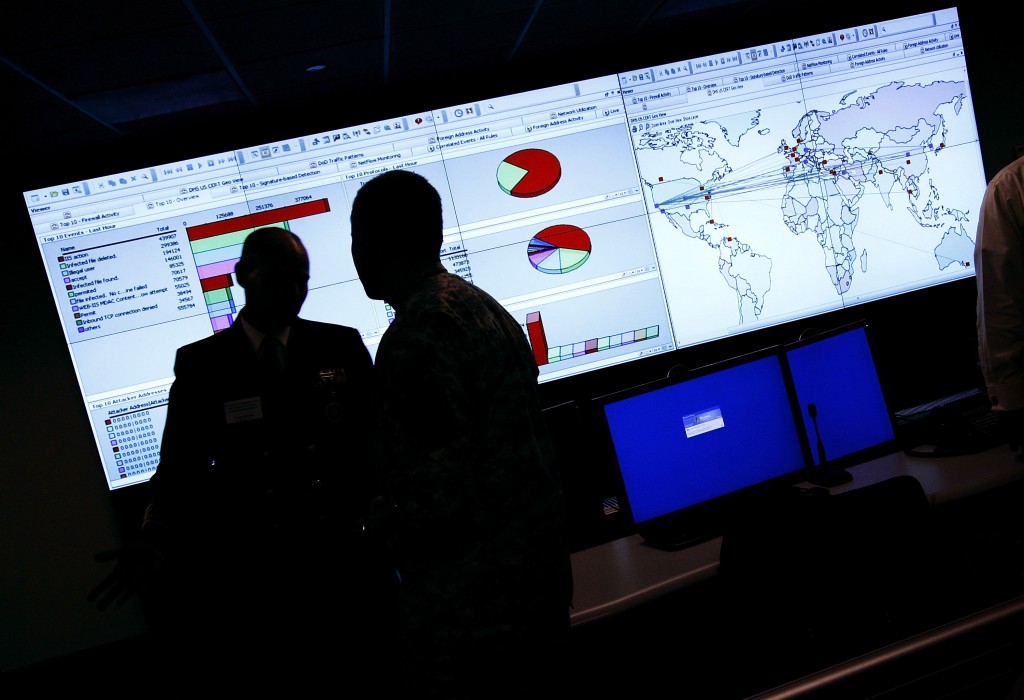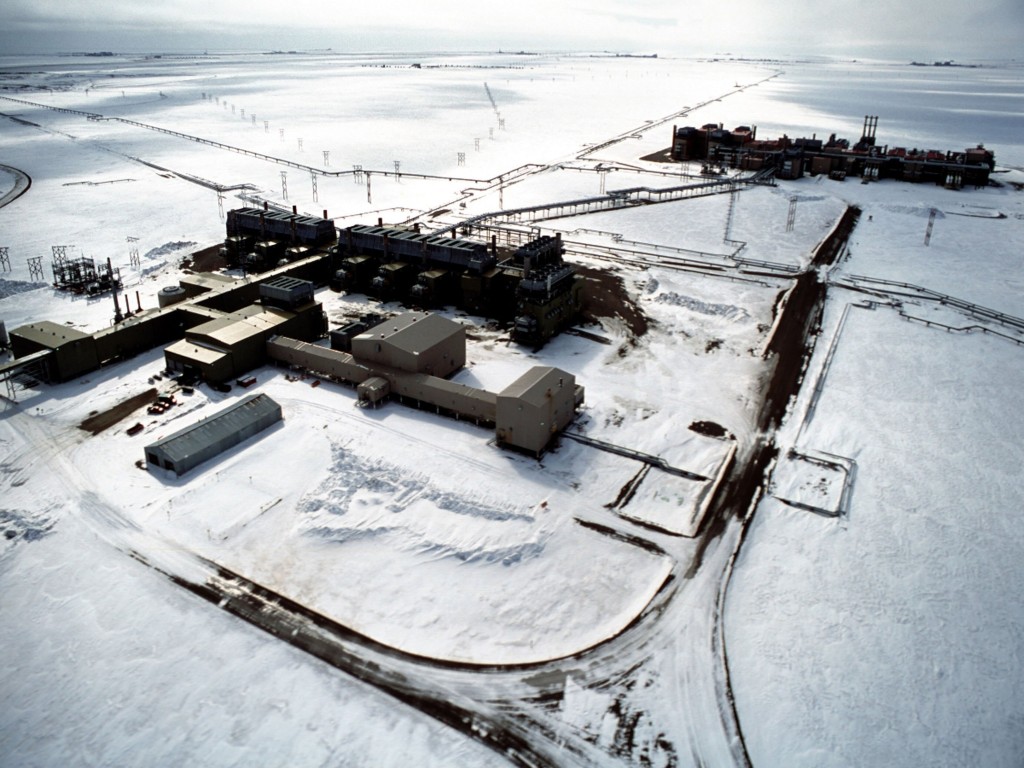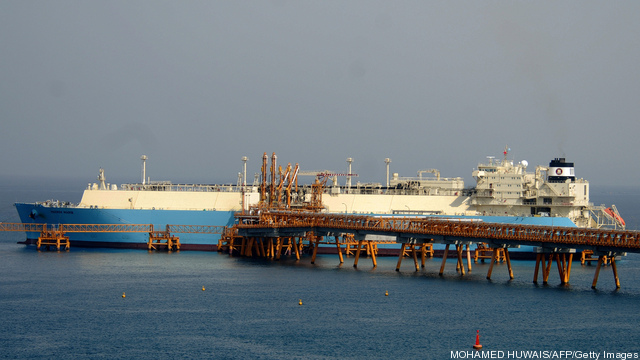Energy, Petrochemical & Natural Resources
Action item: To avoid and discourage duplicative and unnecessary federal oil and gas regulations, oil and gas operators should resist federal efforts to federalize hydraulic fracturing regulations and should actively engage with state regulators to craft innovative and practical regulations at the state level.
Historically, states have taken the lead in regulating oil and gas development given the states’ primary interest in securing rational oil and gas development in their own boundaries. Hydraulic fracturing—a 60-year-old technology used for oil and gas development—is a temporary process of pumping fluids underground for the purpose of extraction of natural gas or oil from deep formations lying 5,000 to 8,000 feet or more below the surface. Fresh groundwater is located from about less than 600 feet below the surface. Hydraulic fracturing has been practiced routinely for decades by operators in many states, including New York.
